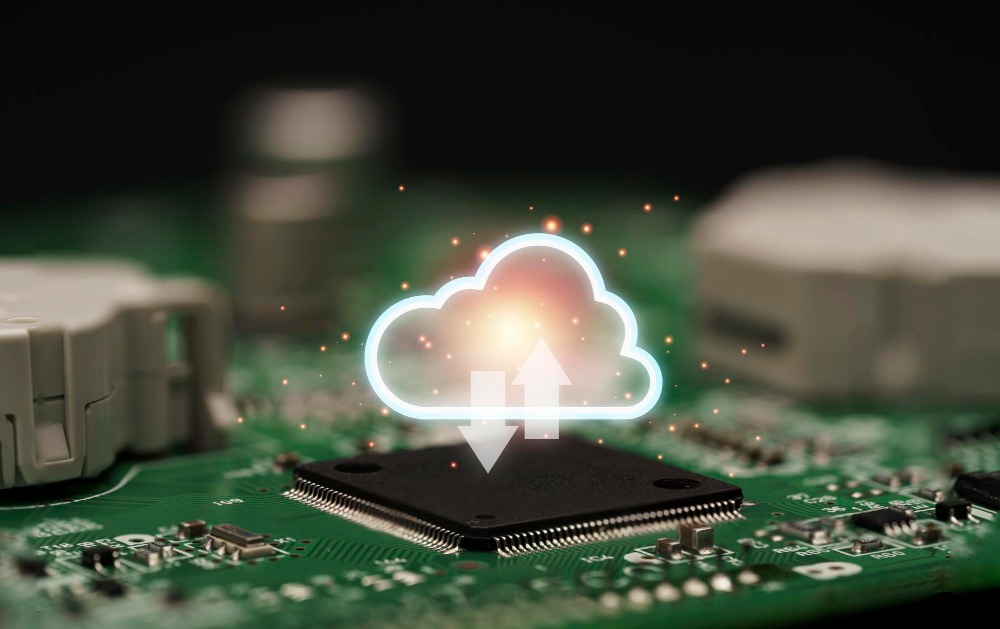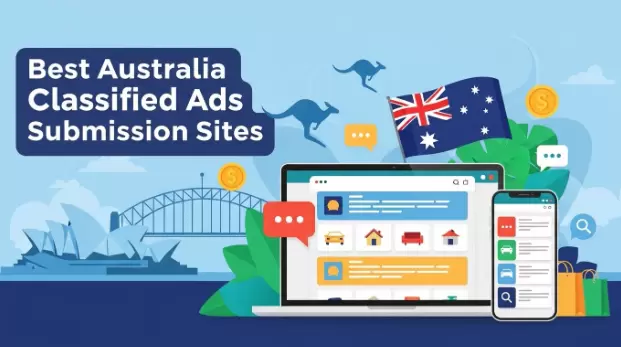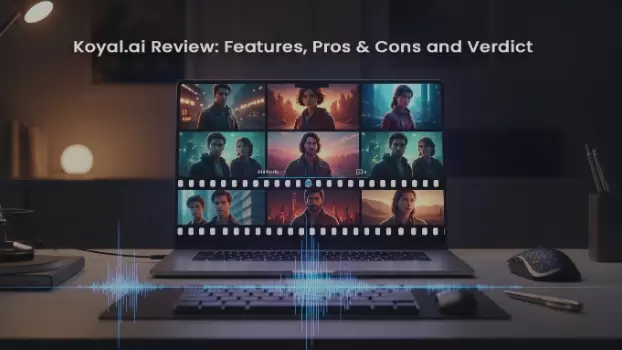Artificial intelligence (AI) - it’s here, it’s there, it’s everywhere. Businesses in every vertical – retail, finance, healthcare, manufacturing, transport, supply chain, entertainment, and technology – use artificial intelligence.
More than a quarter of companies using AI attribute at least 5% of their earnings before interest and taxes to AI. Almost two-thirds of early AI adopters note AI gives them a competitive advantage. Given the benefits, it’s hardly surprising that some businesses have FOMO on AI.
But when the company is ready to adopt AI, they face a dilemma – should they buy or build? Read on to learn about factors to consider when deciding on AI solutions for your business.
AI for business
Startups and big enterprises ready to adopt AI have two ways to go about it: Build their own AI model or buy commercially available AI software. Both options involve the use of open-source AI or off-the-shelf product such as free live chat apps
Before dissecting the build vs buy dilemma, it’s important to understand open-source and proprietary AI software.
Open-source AI
Open-source AI includes freely available AI tools. These could be algorithms, datasets, ready-to-use application programming interfaces (APIs), libraries of codes, or a combination of all. Some of the free AI and machine learning (ML) platforms are Tensorflow, Python, PyTorch, KNIME, Apache Spark, and H2O.ai.
Usually, each AI software has specific use cases like speech recognition, computer vision, ML, natural language processing (NLP), or big data analytics. For instance, TensorFlow and PyTorch are suited for building ML and deep learning models. Libraries like Keras and OpenNN, on the other hand, are artificial neural network (ANN) frameworks. Businesses leverage these libraries and platforms to build their own AI system based on their requirements.
Commercial AI software
From chatbots and conversational AI to automation and advanced data science, there are many ready-to-use AI tools. Though it’s costly, these tools can save a lot of resources and time for the company. The most common commercial model of AI software is the annual subscription model that includes necessary licenses, support, and service from vendors. Another type is “pay-as-you-go” where one can access the AI software as an API.
Major tech companies like Google, Microsoft, Amazon, IBM, and Salesforce also offer AI and ML as a platform service. These AI services provide end-to-end cloud-hosted platforms for developing and deploying AI models.
Breaking down the build vs buy dilemma
Imagine you need a new house - would you buy or build one? Choosing between the two depends on a lot of factors. What kind of house do you want? What resources do you have on hand? How much time and money do you have? And how much of each are you willing to spend?
Deciding on whether you want to build or buy your AI for your business is similar. Let’s look at the factors you should consider before taking the plunge.
The need: Why do you need AI?
Diving into algorithms and neural networks before figuring out what you want from AI is a bit like diving into the ocean to find a lost treasure that might or might not exist. What is your business looking to achieve by using AI tools? Is AI a core component of future business growth? Or is it to automate a task or improve business processes?
If AI is the core of your business, build it. If you want to use AI for just specific business operations, then buy. A chatbot provider needs to build its own NLP model. But a small online startup doesn’t have to build a huge NLP model to have a chatbot on its website. It can simply buy the tool from conversational AI providers like Dialpad or Drift and improve customer experience.
The difficulty: How complex is the AI solution?
The complexity of the AI solution the business is looking to adopt is also an important element to think about. There are many tried and tested products in the market that you can buy for common AI applications, like sales and marketing automation processes, predictive forecasting, chatbots, text to speech, or machine translation.
But sometimes, the data involved is sensitive or the business is looking for a novel solution. Commercial tools are simply not suitable or sufficient in these cases. Netflix, for instance, built its own proprietary AI model that offers personalized movies and shows recommendations based on user data. It was worth it to build because Netflix considers this feature critical to its business.
On the other hand, Woodside Energy, an oil and gas company, leveraged IBM Watson’s ML and NLP tech to make 30 years of data on oil platform operations accessible throughout the company. Woodside owns the data, but shared it with IBM to tap their expertise instead of building it in-house.
The human effort: Do you have the right people?
Evaluate the AI capabilities of your in-house experts. Can your pool of technical experts develop AI frameworks? Or does your firm have the resources to hire such experts? If yes, then the firm can think about building an AI model in-house.
Tech companies, AI vendors, and large enterprises in the banking, retail, and healthcare sectors have a huge pool of AI experts working exclusively on AI and have the resources to develop their solutions in-house.
Bank of America, for example, built its own virtual banking assistant, Erica. By the time the bank’s AI assistant was in the beta phase in 2017, the bank had a dedicated team of more than 100 people working on the project.
However, if the firm doesn’t have technical expertise or resources to hire, it’s best to purchase from a vendor. For example, a small marketing firm can buy an AI-powered content creation tool rather than investing millions to hire a team and develop it in-house.
The time: What’s the deadline?
Do you need the AI software immediately? Or can you wait to get a custom tool?
If your business needs the tool at once, and there are already multiple products available to purchase, then buying is the ideal solution. But, if the company needs a custom tool that needs time to build, the firm can develop on its own, given it has the resources to do it.
The cost: What’s the budget?
Many enterprises fail to understand the true cost of building or buying an AI model. Both options require heavy investment to get the right people, hardware, and software.
A company can cut some costs by building AI using free, open-source software. But there are other prices to pay. From getting training data to buying necessary software and hardware like cloud storage, expensive computing power, and AI operationalization software, there are significant hidden costs involved. Companies have to cough up more to hire (expensive and rare) AI experts. The average base pay for an AI job is easily above $100,000 in the USA.
Buying a third-party AI solution solves the problem of having to spend on hiring an AI team. But commercial tools can still be expensive. A custom AI solution can cost from $6000 to over $300,000 per solution while a third-party software can cost up to $40,000 per year. Firms will have to weigh the costs of both options and decide.
The integration: Can your current tech support AI?
It’s critical to gauge how well the existing IT infrastructure can integrate with AI, whether building or buying. The team should look at whether the AI platform can sync with their current tech stack. More often than not, open-source platforms have integration and scaling issues.
Commercial vendors take care of the dreaded task of AI integration, scaling, and compatibility issues. But it’s always better to check the compatibility of the vendor tool with the existing ecosystem. If you’re integrating an AI solution to optimize your lead generation process, it should seamlessly integrate with your existing CRM. Ignoring this can become costly to fix.
The service: What happens when something goes wrong??
With commercial products, there’s always vendor service and support. The AI vendor has responsibility and accountability for the smooth functioning of the tool. Your team can rely on them to fix bugs and other issues that crop up in the AI model. While building AI, the company has to deal with any issues that crop up without much support.
The security: Is your AI safe?
Both open-source and commercial AI platforms have potential security risks, which makes Agentic AI Security an important consideration as businesses adopt more autonomous and decision-driven AI systems. Unlike popular opinion that open source has more vulnerabilities, nearly 90% of IT leaders think it’s as secure or more secure than proprietary software. So the question is not about which option is more secure but which needs more support. The answer is building with open source. AI vendors take care of security issues and fix bugs and patches themselves. But building AI in-house means having a team dedicated to looking at potential security issues. This adds significant costs to the budget.
Building vs buying AI: Weighing the pros and cons
Let‘s make your decision-making on AI solutions a little easier. Here are some common advantages and disadvantages of building vs buying AI.
Pros and cons of building AI
Building an in-house AI using open-source frameworks suits firms that have unique data and the capability to invest time and resources. Its advantages include:
- no or low-cost investment in the tech
- better customization based on needs
- control over both data and the model
- flexibility to change the model when required
- community support
However, open-source AI platforms have several gaps like:
- high turnaround time
- difficulty in hiring AI experts and data scientists
- lack of service and support to solve issues
- added security cost
- compatibility issues with other software
Pros and cons of buying proprietary AI
Buying an off-the-shelf commercial tool might be best for companies that don’t have the human resources to build their own solution or lack unique datasets. Its advantages include:
- specialized knowledge for a particular AI use case
- availability of large, well-organized training datasets
- seamless integration of AI tools into existing infrastructure
- ability to scale AI models
- continuous vendor service and support to solve issues
But commercial products have their own drawbacks like:
- high investment cost
- fewer customization options
- risk of losing access to critical data
- vendor lock-in periods
Still confused? Go for the lean strategy
If you’re still confused after assessing all factors, think about the lean AI strategy. The strategy comes from the Japanese manufacturing industries’ philosophy called the lean manufacturing process. Adopted by carmakers like Toyota, the strategy aims to reduce production waste without sacrificing efficiency and quality.
The lean AI strategy also aims for the same: implement AI incrementally while reducing resource costs and risks. The business can start with a small AI project that delivers a minimum viable AI product (MVAP).
The build-vs-buy decision tree
With MVAP in mind, consider the following decision tree. Scout for an available solution. If there are multiple commercial products, buying would be the best solution. If there are not many vendors offering the required tool, look for a partner to develop a custom AI solution. This saves the company time, efforts, and resources of building from scratch.
However, if both buying and partnering don’t work, the company can build its MVAP. Aiming at MVAP helps the company kickstart the AI project sooner. With established deadlines and goals, companies can assess the performance and business impact of MVAP faster. As the project matures, the business gets more opportunities to evaluate and undertake more ambitious AI projects.
Winning with AI
Like all deliberations about implementing new technologies, it’s important to make an informed decision on AI in your company. Whether you choose to build or buy your AI, just keep in mind that AI is not going anywhere anytime soon – so start early to reap the rewards early.


 Table of Content
Table of Content










